Best Practices Articles

Why SDR Enablement Fails—and How to Fix It with Learning Management Automation
SDR enablement often fails. Traditional methods lack depth and consistency. Companies need strategic training and coaching. Learning management automation helps fix this. It creates immersive onboarding and ongoing development. SDRs need grit, coachability, and tech fluency. A coaching culture and smart metrics ensure success. This systematic approach boosts performance and retention. It builds future revenue leaders.
Key Takeaways:
- SDR enablement often breaks.
- Old methods lack depth.
- Learning management automation helps.
- Hire for grit, tech skills.
- Onboard with immersive programs.
- Coach daily, consistently.
- Metrics must show development.
- Enablement is an ecosystem.
Sales development drives pipeline growth. Yet, most organizations struggle to enable SDRs effectively. Despite training, tools, and talent, many teams experience high turnover. They miss targets and show inconsistent productivity. The problem isn't the SDRs. It's how companies structure their enablement efforts.
Enablement often reacts instead of planning. New hires get basic onboarding and a list of contacts. They start dialing without clear messages or feedback. Leaders track calls and emails. But they neglect readiness and psychological safety. This mismatch creates frustration.
Organizations must take a deliberate approach. They must rethink how they recruit, train, coach, and measure reps. Companies must stop assuming enablement happens naturally. Instead, they design a structured process. This process supports and sustains high performance from day one. Learning management automation plays a critical role here.
1. Why Traditional SDR Enablement Breaks Down
Most enablement programs fail. They lack depth, consistency, and relevance. Organizations rush to fill seats. They push reps into activity without preparation. New hires get disjointed guidance. Sales, marketing, and product give conflicting stories. Reps struggle to understand directions.
Managers often assume activity equals progress. They encourage reps to hit call and email benchmarks. But they don't focus on quality. As a result, SDRs treat outreach as a volume game, not a value game. They burn through lists and face resistance. Morale drops. Performance dips. Attrition follows.
Technology adds more complexity. SDRs juggle CRMs, dialers, and sequencing tools. They also use enrichment platforms and analytics dashboards. Without a unified enablement plan, these tools overwhelm reps. Reps lose time switching platforms or second-guessing practices.
Lack of coaching makes these problems worse. Managers spend more time in meetings than in developing staff. They review numbers, not conversations. Reps miss chances to improve. Feedback arrives late, if at all. Learning becomes trial-and-error. SDRs work alone, repeating mistakes.
Organizations also underinvest in onboarding time. A few shadowing days or self-paced LMS modules cannot prepare a new rep. They won't handle complex objections or personalize messages well. A rushed start hurts confidence and increases ramp time.
2. Hiring for Grit, Coachability, and Tech Fluency
Effective enablement begins before day one. Hiring the right profile sets the foundation. Top-performing SDRs don't always come from sales backgrounds. They bring grit, curiosity, and coachability. They adapt quickly. They absorb feedback. They thrive in ambiguity.
Interview processes must show this priority. Instead of focusing on resumes, companies should simulate real-world tasks. Role-plays, objection handling, and problem-solving exercises reveal critical traits. Final interviews should assess communication skills, resilience under pressure, and tech comfort.
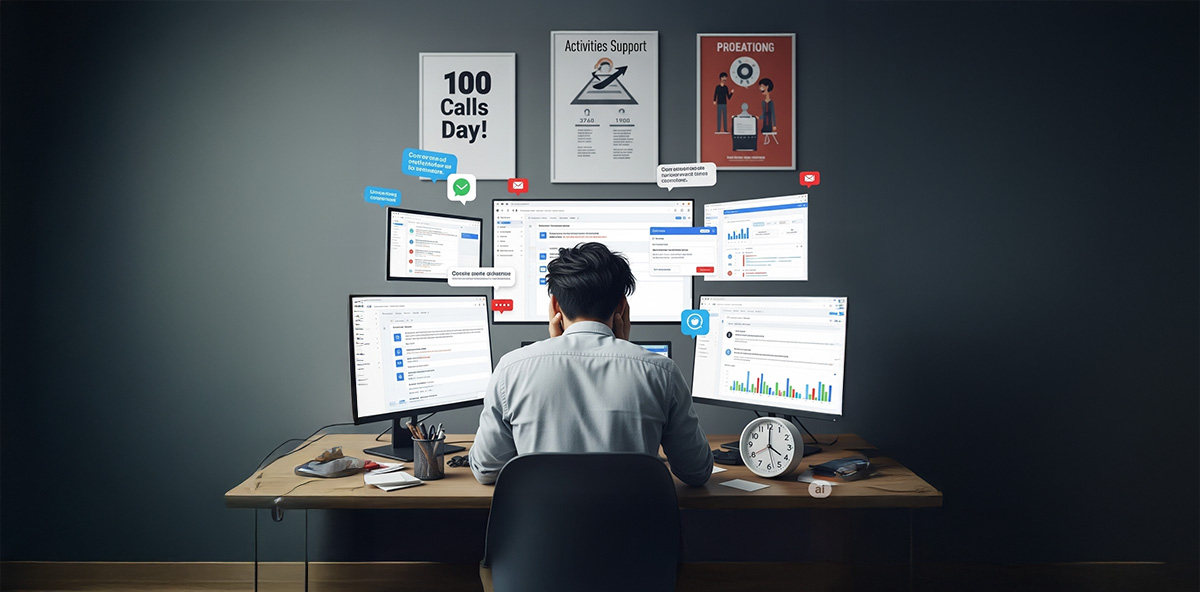
Modern SDRs must navigate complex tool stacks. They operate sequencing platforms. They interpret analytics. They contribute to CRM hygiene. Hiring managers should test for basic digital fluency. Candidates who struggle with software will fall behind quickly.
Companies also benefit from diversifying hiring pools. Different life experiences contribute to team strength. Some of the best reps emerge from nontraditional paths. These include hospitality, education, and customer service. They share perseverance and emotional intelligence.
Grit matters more than credentials. A persistent candidate—working through adversity or learning independently—outperforms others. Coachability signals long-term growth. Those who respond well to feedback thrive in fast-paced cultures.
3. Designing an Onboarding Experience That Drives Outcomes
Once hired, SDRs require immersive onboarding. One-time orientation sessions do not suffice. Reps need multi-week programs. These programs build skill, knowledge, and confidence through repetition and application. This is where learning management automation truly helps.
Week one should cover mission, messaging, and tools. Reps must understand the company’s "why." They learn who they serve and how to use core platforms. They should shadow live calls. They observe how top performers work.
By week two, reps should practice. Managers must introduce role-play scenarios that simulate real prospecting. Reps should receive instant feedback on tone, pacing, and objection handling. This builds muscle memory.
In week three, reps should run mock cadences. They draft emails. They structure calls. They leave voicemails. Managers review their outreach as a team. Peer feedback adds another learning layer. Every interaction becomes a teaching opportunity.
Week four transitions to controlled live prospecting. Reps begin real outreach with close supervision. Managers listen in. They debrief after calls. They identify wins and misses. No rep should fly solo until they demonstrate readiness. This prevents bad habits and boosts confidence.
Organizations that extend onboarding beyond 30 days see better retention and faster ramp. Monthly check-ins during the first quarter reinforce early lessons. Learning must not stop once a rep books their first meeting. Onboarding evolves into ongoing enablement. A robust learning management system is essential for this continuous development, especially for partner training.
4. Creating a Coaching-Driven Sales Culture
Enablement fails without ongoing reinforcement. High-growth teams embed coaching into daily operations. Managers prioritize development over oversight. They invest in their people, not just their pipeline.
Coaching requires consistency. Weekly one-on-ones should focus on skill-building, not just metrics. Managers must listen to call recordings. They identify trends. They provide targeted suggestions. They celebrate progress and reset expectations when needed.
Peer learning adds another layer. Top performers share playbooks and recordings. New reps join team huddles. Real calls get dissected. Learning becomes social. Reps improve through exposure, discussion, and reflection.
Technology supports coaching at scale. Conversation intelligence platforms surface insights. Managers tag calls for review. They highlight teachable moments. They analyze talk-to-listen ratios. SDRs receive actionable input backed by data. This highlights the power of learning management software in practice.
Recognition matters. Teams thrive on momentum. Managers must highlight improvement publicly. They should call out outcomes and behaviors—a well-handled objection, a thoughtful email, and a high-converting subject line. This reinforces culture.
Sales leaders must coach their managers. A weak manager can derail even the strongest rep. Senior leadership should review coaching quality. They provide development pathways for frontline managers. They audit the enablement effectiveness quarterly.
Teams must embed coaching into their identity. They must celebrate, normalize, and expect it. When teams make coaching a habit, SDRs perform at their best.
5. Aligning Metrics with Learning and Retention
What companies measure shapes behavior. Many SDR programs focus exclusively on activity metrics. These include calls made, emails sent, and meetings booked. While these matter, they do not reflect readiness or long-term value.
Forward-thinking teams track progression metrics. They measure ramp time. They track improvement in connect rate and email response quality. They assess contribution to pipeline health. They check how quickly a rep adopts messaging. They see how fast they adapt to feedback.
Leaders should segment performance. Not all meetings carry equal weight. Qualified opportunities and strategic conversations deserve different recognition. SDRs should feel encouraged to share discovery, not just count demos.

Retention data provides a final feedback loop. High turnover signals enablement gaps. Teams must investigate whether reps felt prepared or supported. Exit interviews reveal where systems broke down. Organizations must act on that input.
Enablement must also evolve with the market. As messaging changes and new tools emerge, SDRs need updated guidance. Ongoing training—monthly workshops, quarterly refreshers, and annual certifications—keeps reps sharp. This is precisely where LMS software excels.
Metrics should also reflect enablement impact. Track how enablement correlates with revenue contribution. Tie coaching engagement to rep performance. Monitor ramp-to-productivity rates. Identify bottlenecks early.
Celebrate continuous learners. Recognize those who consistently implement feedback. Acknowledge those who complete optional training or mentor others. This sets a tone where growth is valued.
Conclusion
SDR enablement does not fail from a lack of tools or intention. It fails due to disconnection, inconsistency, and misaligned priorities. Organizations must treat enablement as a strategic function. It begins with hiring and continues through coaching, training, and measurement.
The best teams create systems that empower reps to learn, grow, and perform. They hire for potential. They are onboard with care. They coach purposefully. They evaluate through a development lens. They view SDRs not as entry-level resources but as future revenue leaders.
By fixing enablement, companies unlock the full potential of their sales development programs. They reduce churn. They increase pipeline quality. They accelerate growth. And they build a culture where talent thrives, results follow, and learning never stops.
Enablement is not an event—it is an ecosystem. It requires cross-functional alignment and leadership commitment. Rep participation is also vital. Companies that build this ecosystem create better SDRs and better organizations. They win through people, not just process. This entire process is greatly enhanced by learning management automation.
Best Practices Guidebook
 Startup Talent Recruitment: Hiring Missionaries, Not Mercenaries
Startup Talent Recruitment: Hiring Missionaries, Not MercenariesDownload for FREE
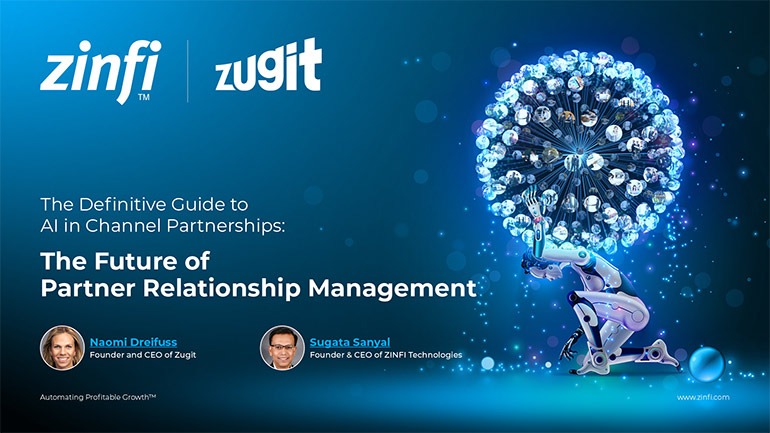 The Future of Partner Relationship Management with AI in Partnerships
The Future of Partner Relationship Management with AI in PartnershipsDownload for FREE
 Cybersecurity for the 99%: Strategies from the Frontline
Cybersecurity for the 99%: Strategies from the FrontlineDownload for FREE
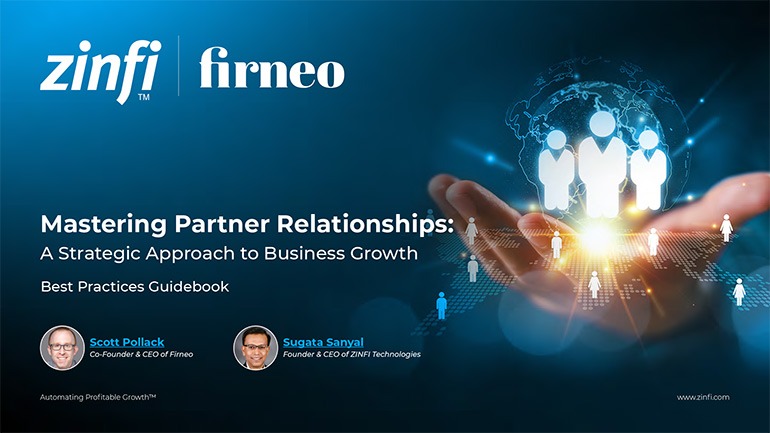 Mastering Partner Relationships: A Strategic Approach to Business Growth
Mastering Partner Relationships: A Strategic Approach to Business GrowthDownload for FREE
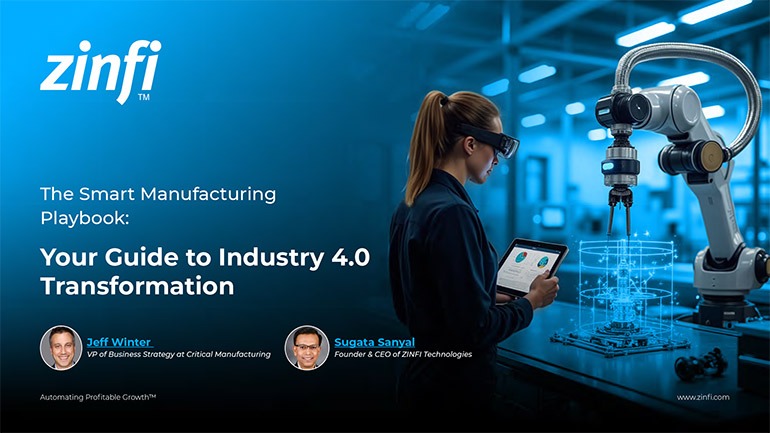 The Smart Manufacturing Playbook: Industry 4.0 Transformation
The Smart Manufacturing Playbook: Industry 4.0 TransformationDownload for FREE
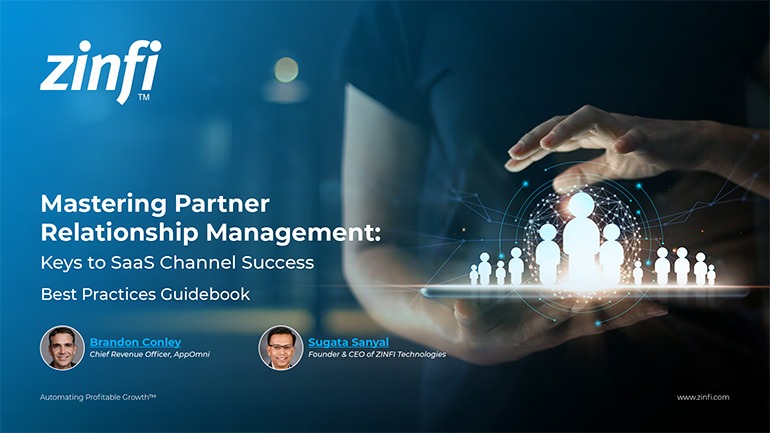 Mastering Partner Relationship Management: Keys to SaaS Channel Success
Mastering Partner Relationship Management: Keys to SaaS Channel SuccessDownload for FREE
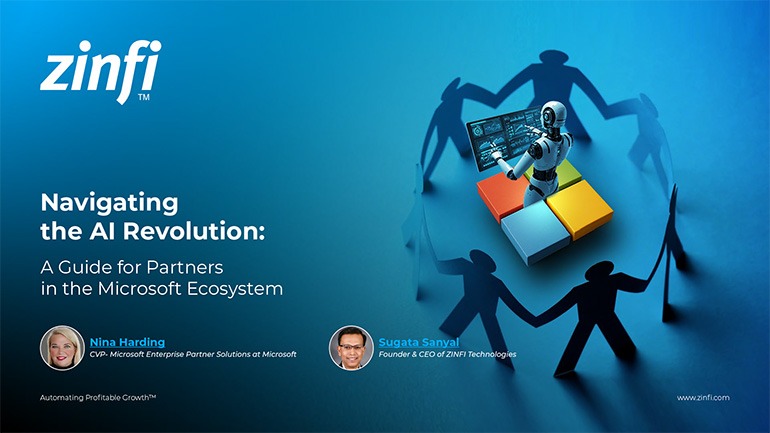 Navigating the AI Revolution: Guide for Partners in the Microsoft Ecosystem
Navigating the AI Revolution: Guide for Partners in the Microsoft EcosystemDownload for FREE
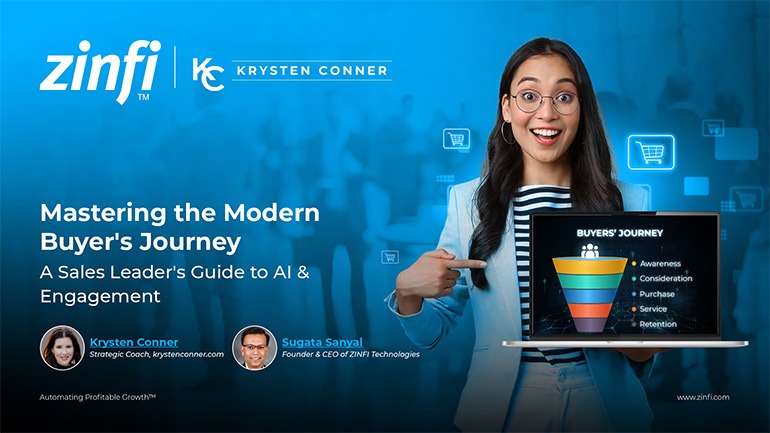 Mastering the Modern Buyers Journey: Sales Leader’s Guide to AI & Engagement
Mastering the Modern Buyers Journey: Sales Leader’s Guide to AI & EngagementDownload for FREE
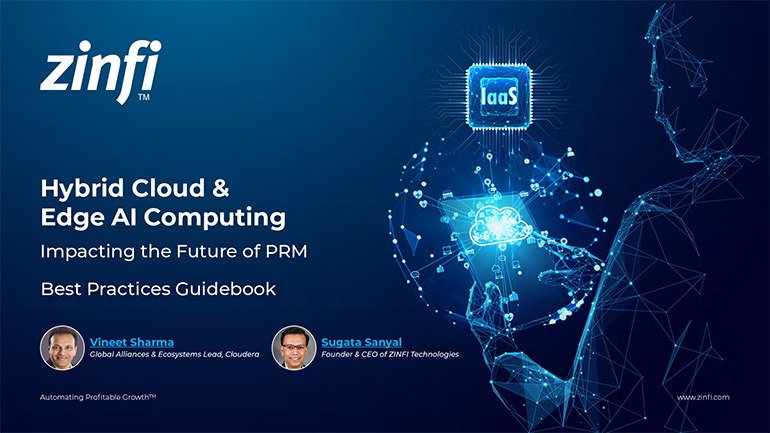 Hybrid Cloud and Edge AI Computing Impacting the Future of PRM
Hybrid Cloud and Edge AI Computing Impacting the Future of PRMDownload for FREE
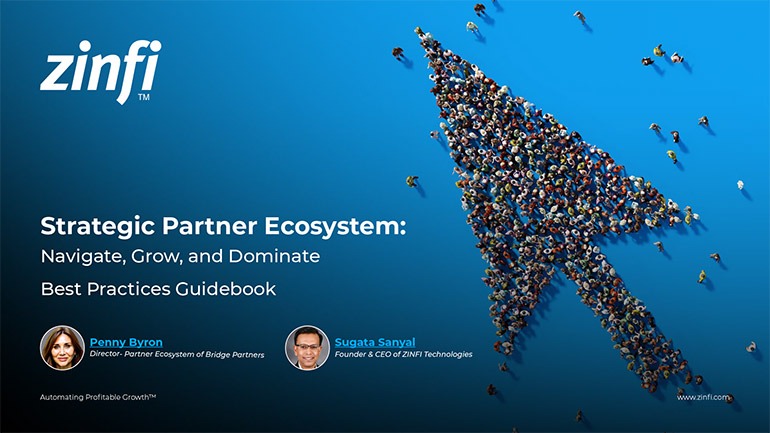 Strategic Partner Ecosystem: Navigate, Grow, and Dominate
Strategic Partner Ecosystem: Navigate, Grow, and DominateDownload for FREE
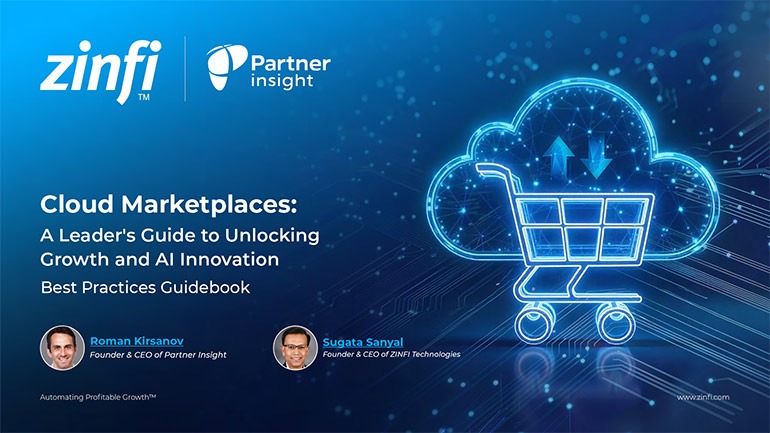 Cloud Marketplaces: Leader’s Guide to Unlocking Growth and AI Innovation
Cloud Marketplaces: Leader’s Guide to Unlocking Growth and AI InnovationDownload for FREE
 Getting More From Partner Performance: Guide to Measuring What Matters
Getting More From Partner Performance: Guide to Measuring What MattersDownload for FREE
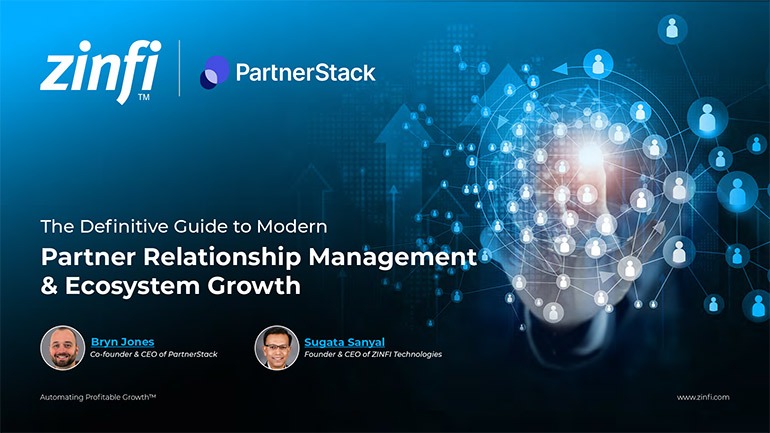 Guide to Modern Partner Relationship Management & Ecosystem Growth
Guide to Modern Partner Relationship Management & Ecosystem GrowthDownload for FREE
 Debunking the Entrepreneurship Myth Best Practices
Debunking the Entrepreneurship Myth Best PracticesDownload for FREE
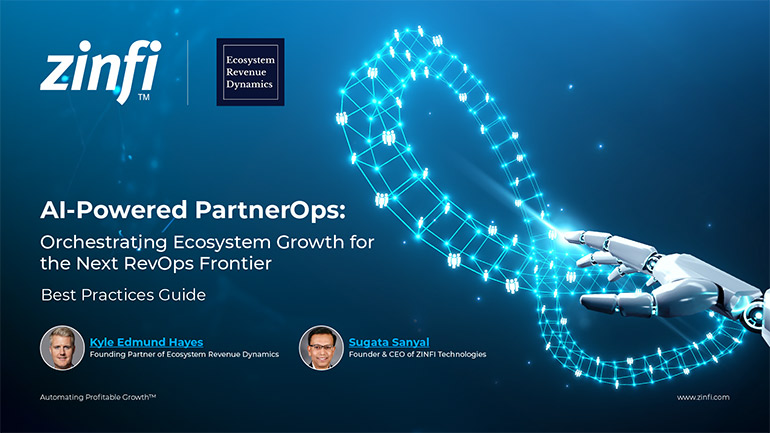 AI-Powered PartnerOps: The Next RevOps Frontier Best Practices
AI-Powered PartnerOps: The Next RevOps Frontier Best PracticesDownload for FREE
 Humanizing Brands: Guide to Strategic Partnering Best Practices
Humanizing Brands: Guide to Strategic Partnering Best PracticesDownload for FREE
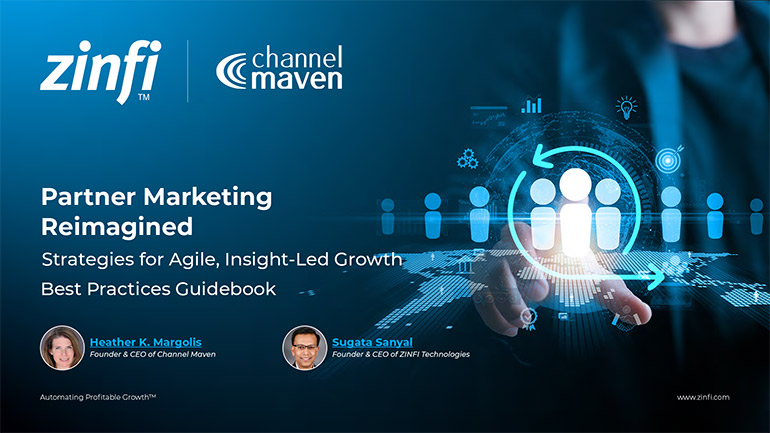 The AI-Powered Partner Ecosystem Best Practices
The AI-Powered Partner Ecosystem Best PracticesDownload for FREE








